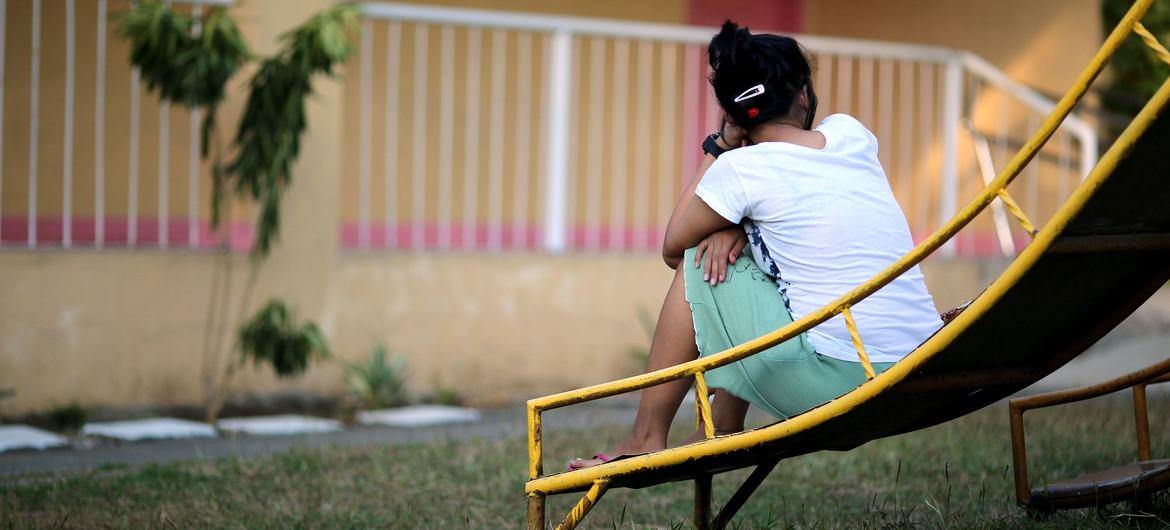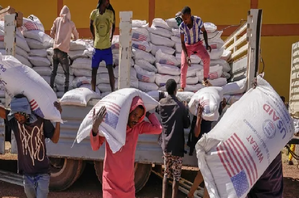New York, Feb 4 (IANS) India will have a minimal impact if the Trump administration shuts the USAID programme to the country.
President Donald Trump’s close adviser and the head of the Department of Government Efficiency (DOGE) Elon Musk announced on Monday that Trump has agreed to shut down the programme. In such a scenario it will have a minimal impact on India due to booming economic growth.
USAID began operating in India about 70 years ago, but India now has transformed from a mere aid recipient to its partner for “global impact” by helping other countries, especially in the Indo-Pacific region.
One of the goals of the Quad – India, the US, Japan and Australia – is to cooperate on development in the Indo-Pacific region to counter China’s influence through a more benevolent assistance programme, in contrast to Beijing’s predatory policies.
During the current fiscal year, India was to receive $140 million through USAID, a minuscule amount considering India’s overall budget of over $600 billion, an amount that has come down progressively, as India’s economy has surged.
In the 2024 fiscal year, the USAID allocation was $6.8 million for “government and civil society”; about $55 million for health; $18 million for environment, and $7.8 million for “social infrastructure”, according to the US government’s Foreign Assistance website.
The CDCS called India a “key partner” for the US Indo-Pacific Strategy, “a whole-of-government commitment to advancing a free and open, connected, prosperous, secure, and resilient” region.
“India plays an essential role” in achieving the US goals of improving “resilience to Health and Climate Threats” and fostering “Sustainable, Inclusive, Transparent Economic Growth”, it said.
Drafted under President Joe Biden, the plan also reflected his other priorities like climate change, and strengthening “democratic institutions to support good governance and human rights”.
The document laid out certain priorities that could have impinged internal matters.
“USAID/India seeks to transform structures, power dynamics, and policies through partnerships and active collaboration with a diverse group of actors,” it said.
“Such partnerships will include, but are not limited to, civil society, government, and the private sector, with a focus on continuous learning, the expansion of successful models in India and beyond, and phasing out when systemic change is achieved or can be adapted by others,” it added.
One of the examples of cooperation with India in the CDCS is the International Solar Alliance co-sponsored by India and the Coalition for Disaster Resilience Infrastructure.
India and USAID have also collaborated in training about 1,200 officials from Africa and Asia on agriculture technology.
All the pages relating to USAID on the US New Delhi embassy website and elsewhere have been scrubbed clean.
IANS retrieved some of the information from the versions archived independently on the Wayback Machine or those live on other US agencies’ websites.
–IANS
al/dan






























